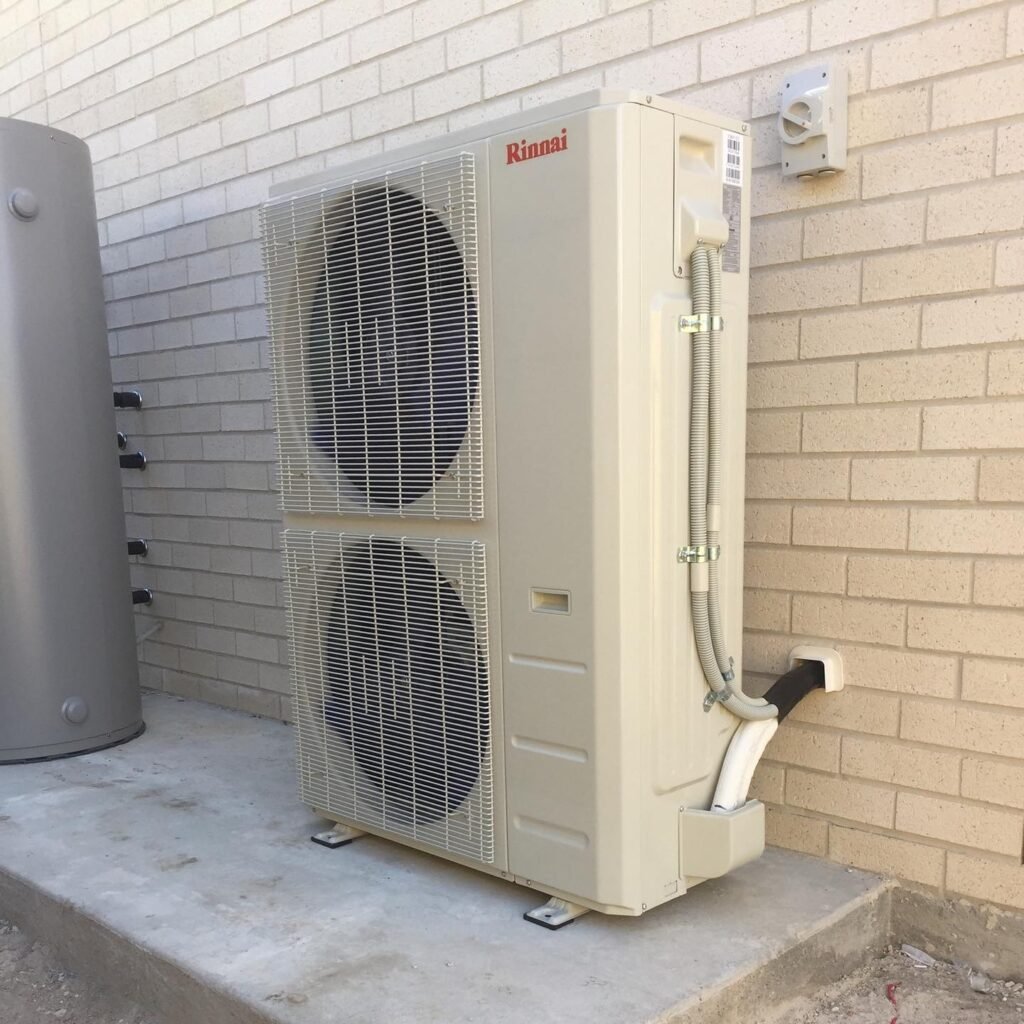How to resolve 413 Request Entity Too Large Error in WordPress?

How to resolve 413 Request Entity Too Large Error in WordPress?
In this article we will discuss the Solution of 413 Request Entity Too Large using cPanel: Before knowing the solution, firstly we know What is 413 Request Entity Too Large? 413 Request Entity Too Large is an error which occurs when you are trying to upload a theme or plugin file in WordPress. If your internet server is setting a specific hypertext transfer protocol request size limit, shoppers might come upon a 413 request entity overlarge response.
It is dependent upon the kind of internet server you’re mistreatment which is able to confirm that directive you would like to assemble. Whether or not you would like to limit users from transferring too massive files to your internet server or want to extend the upload size limit, the subsequent section can make a case for, however.
Now from the above information, we can easily understand the solution of 413 Request Entity Too Large:
The solution of 413 Request Entity Too Large Error in WordPress using cPanel:
There are multiple ways in which to repair the request entity overlarge error in WordPress. We’ll cowl of these strategies, and you’ll be able to strive the one that works best for you. In the solution of 413 request entity too large, it using two methods, You can either use the functions.php of the .htaccess file. In this article, we describe both the method which is used in 413 request entity too large.
1. Fix the Error Using functions.php
You can edit the file from your WordPress dashboard, however, if you scan any security, you will have disabled the file redaction, that doesn’t show the editor choice.
So, it’s perpetually smart to be told the cPanel technique. The functions.php file resides within the WordPress theme you have got activated on your web site.
Let me show you the steps to search out and edit it.
Step 1:
As usual, you want to log in to your cPanel account and open the file manager. counting on your net hosting, you’ll see the icon at a singular place.
Step 2:
For your primary domain, you want to open the public_html directory, for which, you’ve to have to be compelled to navigate to that from the left-hand sidebar.
Step 3:
Search for the wp-content folder and open it.
Step 4:
As I’ve got mentioned earlier, you’ve had to be compelled to open the Themes folder.
Step 5:
You can see the active or inactive WordPress theme of your computing machine, you want to open the folder of your active theme.
Step 6:
Scroll down and notice the functions.php file. Right-click to edit.
Note: Before you proceed any, let ME prompt you that you simply must have the backup of your computing machine and its data.
One minor mistake can break the complete computing machine.
Step 7:
A new tab parades on the browser. You want to copy and paste the code. Now click on the Save Changes button from the top-right corner of the screen. If you want, you can increase the upload_max_size from 64M to 128M. But in most of the cases, 64M is more than enough. No plugin or theme can be bigger than 64MB.
Now let discuss the second method of 413 Request Entity Too Large:
Fix 413 Request Entity Too Large Error mistreatment .htaccess:
You may already grasp that .htaccess is one amongst the foremost necessary files of a WordPress support website. It handles the redirects and solves several common errors.
Follow These Steps.
Step 1:
As you have got already logged in, you wish to open the public_html directory. For a primary domain, all the information is residing within the directory, if you host multiple websites, you wish to open the folder of the domain you would like to edit.
Step 2:
Scroll down and appearance for the .htaccess file. Right-click to edit. If you utilize cPanel very often, you’ll are aware of it conjointly consists of Associate in Nursing Edit choice within the main navigation menu.
Step 3:
A popup seems to supply an Associate in Nursing choice to disable coding. All you wish is to click on the Edit button.
Step 4:
You can see a replacement tab within the browser to edit the .htaccess file.
Copy and paste the code.
- php_value upload_max_filesize 64M
- php_value post_max_size 64M
- php_value max_execution_time three hundred
- php_value max_input_time three hundred
As usual, you wish to avoid wasting the file by clicking on the Save Changes button from the top-right corner. You have with success solved the 413 Request Entity Too Large error.
Conclusion
Depending on your cPanel skills, you’ll use any of the files I’ve got mentioned on top of. If you utilize the Yoast SEO plugin, you’ll edit the .htaccess file from your wp-admin panel.

Expert Installation: Tips for Choosing Air Conditioning in Brisbane

How to Maintain a Rotary Vane Air Compressor

Best Apps to Have on your Phone - Both iOS and Android

Pet Hospital Logo Design Samples

Expert Installation: Tips for Choosing Air Conditioning in Brisbane

How to Maintain a Rotary Vane Air Compressor

Pet Hospital Logo Design Samples

